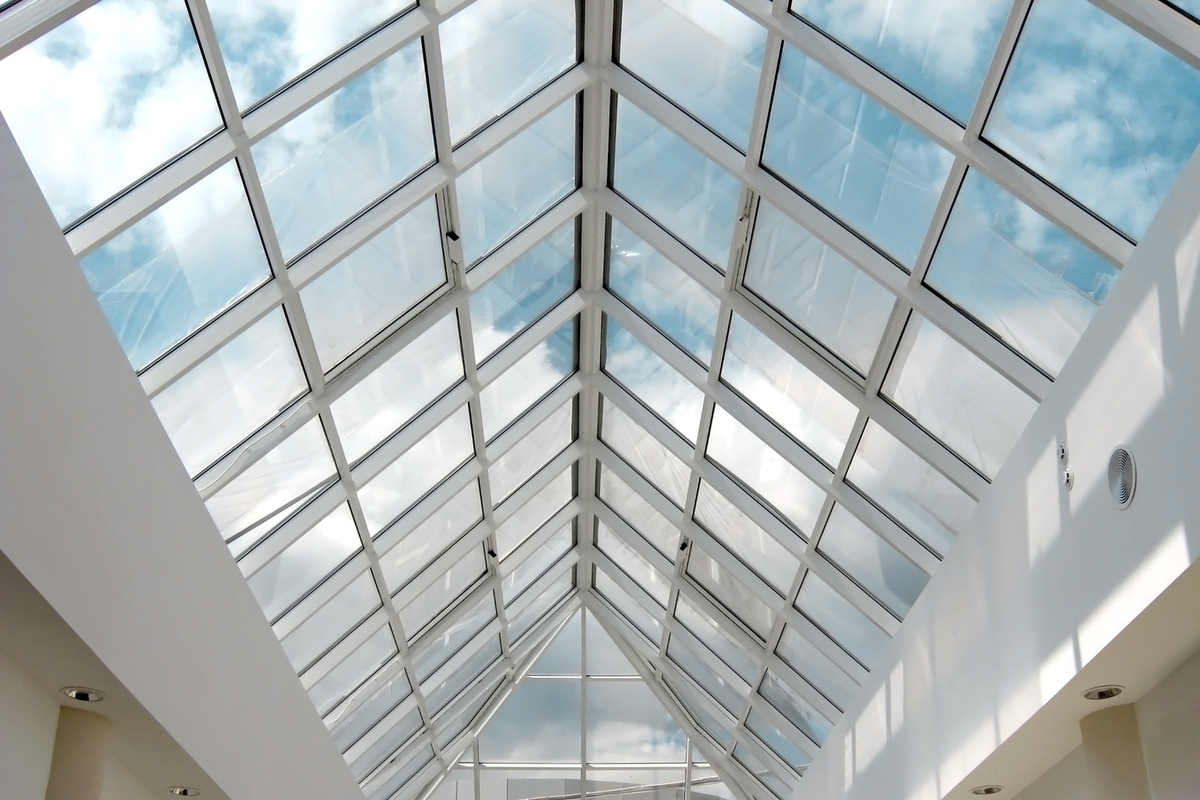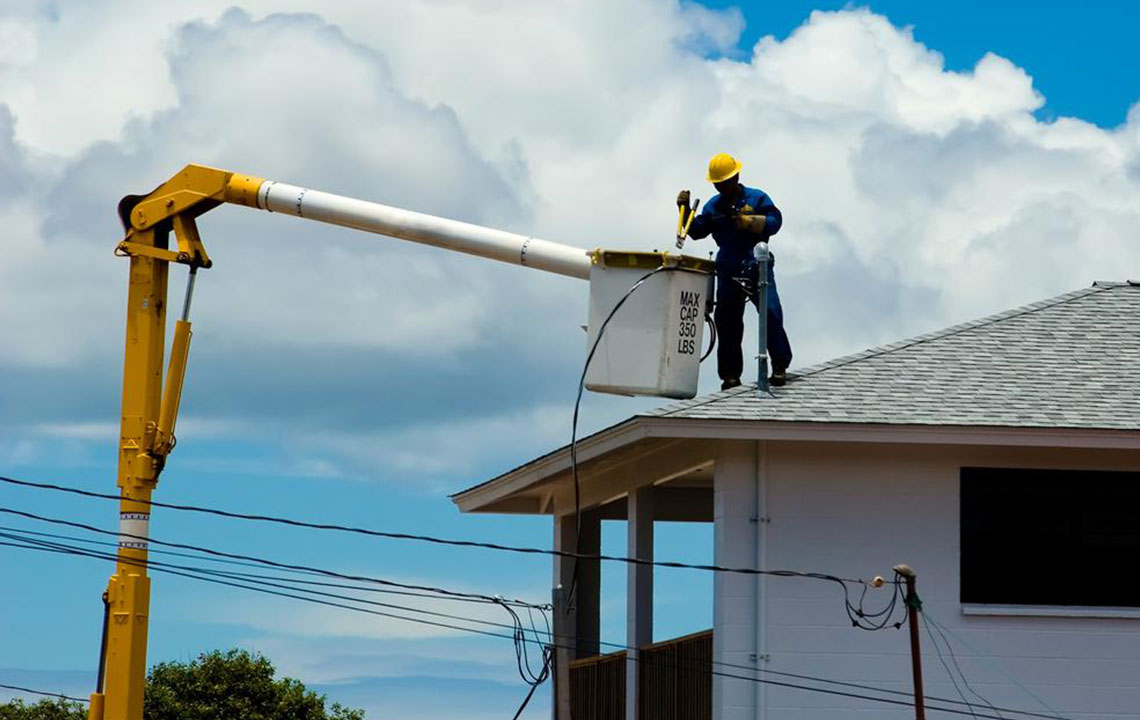The Ultimate Guide to Conservatory Roofs Types, Materials, and Benefits
A conservatory is a wonderful addition to any home, offering a light-filled space that can be used for relaxation, dining, or even as a greenhouse for your plants. One of the most crucial components of a conservatory is its roof. The roof not only determines the structural integrity of the conservatory but also affects its energy efficiency, aesthetics, and overall usability. In this comprehensive guide, we’ll delve into the various types of conservatory roofs, the materials used, and the benefits they offer.

Types of Conservatory Roofs
1. Glass Roofs
Glass roofs are a classic choice for conservatories. They offer maximum light transmission, providing an open, airy atmosphere that makes the space feel connected to the outdoors. Modern glass roofs often come with double or triple glazing for enhanced insulation.
Pros:
- Maximum natural light
- Can be treated with UV filters and self-cleaning coatings
- Excellent insulation with modern glazing techniques
Cons:
- Higher initial cost
- Potential for heat loss in winter and heat gain in summer without proper glazing
2. Polycarbonate Roofs
Polycarbonate roofing is a more budget-friendly option compared to glass. It is lightweight, durable, and offers decent insulation properties. Polycarbonate sheets are available in various thicknesses and colors, allowing some degree of customization.
Pros:
- Cost-effective
- Lightweight and easy to install
- Durable and impact-resistant
Cons:
- Lower insulation compared to glass
- Can become discolored and scratched over time
3. Solid Roofs
Solid roofs are becoming increasingly popular for conservatories. They can be made from tiles or slates and provide the best insulation and privacy. Solid roofs can also be fitted with skylights to let in natural light.
Pros:
- Excellent insulation and energy efficiency
- Increased privacy
- Can blend in with the rest of the home’s roofing
Cons:
- Higher cost and more complex installation
- Reduced natural light compared to glass or polycarbonate
4. Hybrid Roofs
Hybrid roofs combine the benefits of glass and solid roofs. They typically feature solid panels interspersed with glazed sections, allowing for both insulation and natural light.
Pros:
- Balanced light and insulation
- Versatile design options
- Enhanced energy efficiency
Cons:
- Can be expensive
- Complex installation process
Materials Used in Conservatory Roofs
1. Tempered Glass
Tempered glass is commonly used in conservatory roofs for its strength and safety features. It is resistant to thermal stress and impact.
Benefits:
- High strength and safety
- Can be treated with coatings for energy efficiency
2. Polycarbonate Panels
Polycarbonate is a lightweight, strong plastic material. It’s available in various thicknesses, commonly used in budget-friendly conservatories.
Benefits:
- Lightweight and easy to handle
- Cost-effective
3. Tiles and Slates
For solid roofs, tiles and slates offer excellent insulation and aesthetic value. They can be matched with the existing roof of your house for a cohesive look.
Benefits:
- Excellent insulation properties
- Long lifespan and aesthetically pleasing
4. PVCu (Unplasticized Polyvinyl Chloride)
PVCu is a versatile material used in some roofing systems. It is durable, requires low maintenance, and is often used in combination with other materials.
Benefits:
- Low maintenance
- Versatile and cost-effective
Benefits of Upgrading Your Conservatory Roof
1. Enhanced Energy Efficiency
Old or poorly insulated conservatory roofs can cause significant heat loss in winter and overheating in summer. Modern roofing materials provide better insulation, making your conservatory usable all year round and reducing energy costs.
2. Improved Aesthetics
Upgrading your conservatory roof can significantly improve the overall appearance of your home. A well-designed roof can blend seamlessly with existing architectural features, enhancing curb appeal.
3. Increased Home Value
A modern, energy-efficient conservatory roof can add value to your property. It makes the conservatory more functional and appealing to potential buyers.
4. Noise Reduction
Modern roofing materials offer better sound insulation, making your conservatory a quieter and more peaceful space.
5. Durability and Longevity
Upgrading to high-quality materials ensures that your conservatory roof lasts longer, requiring fewer repairs and less maintenance over time.
Choosing the right roof for your conservatory is a significant decision that impacts its usability, energy efficiency, and overall appeal. Whether you opt for a glass, polycarbonate, solid, or hybrid roof, each option offers unique advantages and challenges. By carefully considering your needs, budget, and aesthetic preferences, you can select a conservatory roof that not only enhances your home but also provides a comfortable and inviting space for years to come.
Feel free to consult with a professional contractor for personalized advice and to explore the latest roofing technologies that can further enhance your conservatory’s performance. Investing in a high-quality conservatory roof is a step towards enjoying a more energy-efficient, beautiful, and functional home addition.




